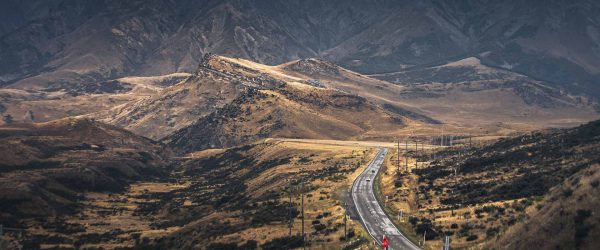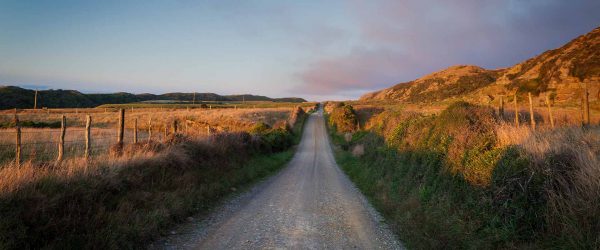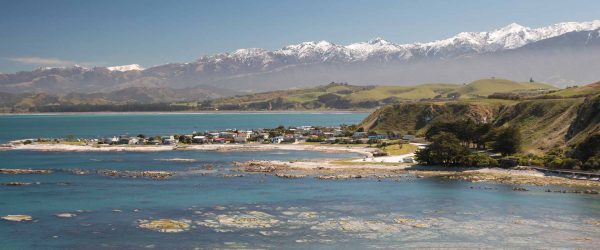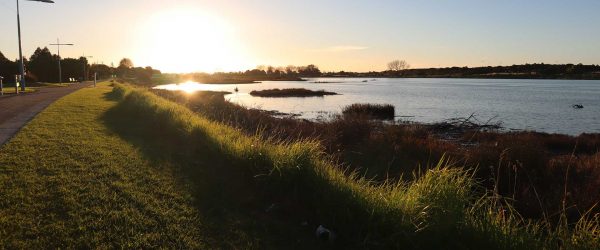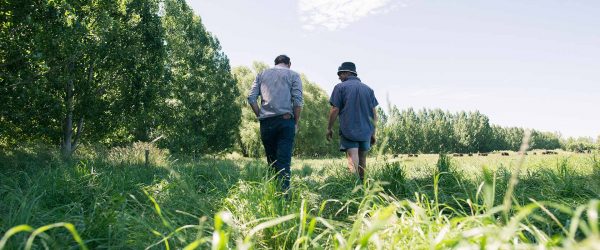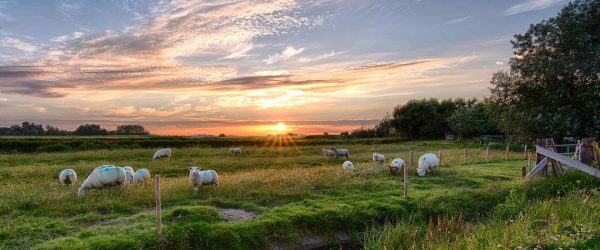Rural Disaster Risk Decision-making
Vision
Decision-makers tasked with assessing and managing natural hazard risks to rural communities and assets have access to information that is targeted, authoritative, understandable, and usable.
Project description
People making decisions about risk management need to understand the hazards, and the exposure and vulnerability of communities and assets to those hazards. By quantifying the risks and anticipating the potential impacts of hazards, governments, industries, communities, and individuals can make informed decisions on resilience. Such information can be used to set priorities for mitigation and adaptation strategies, sector plans, programmes, projects, and budgets.
This project is being carried out in two workstreams:
- Taranaki Mounga eruption scenario
For this significant project, we have partnered with Taranaki Civil Defence and Emergency Management and the Volcano, Multihazard Risk, and Whanake te Kura I Tawhiti Nui programmes of the Resilience Challenge in a multi-year co-creation activity focused on building resilience to future eruptions from Taranaki Mounga. The goal is to develop world-leading risk and resilience science around three aspects of resilience: pre-event mitigation, crisis decision-making, and pre-event recovery planning. - Disaster risk and resilience of tourists and transient populations
The goal of this workstream is to improve our understanding of the exposure of tourists and transient populations (temporary and seasonal workers) to disaster risk, and to strengthen emergency management arrangements as they relate specifically to tourists and transient populations. We are using new technologies to develop real-time understanding of visitor movement patterns, behaviours, and decision-making. We are also working with emergency managers to improve post-disaster response and recovery.
Our goal is to support rural decision-makers with practical and applicable new knowledge, to improve event planning, preparedness and response for rural Aotearoa New Zealand.
Resource Outputs from this project
Chinese tourists’ vulnerability to natural hazard events in New Zealand
Fountain, J., Cui, Q., Espiner, S. & Cradock-Henry, N. 2024 Chinese tourists’ vulnerability to natural hazard events in New Zealand Handbook on Crisis and Disaster…
Modeling SO2 dispersion from future eruptions in the Auckland Volcanic Field, New Zealand
S. Brody-Heine, M. Katurji, C. Stewart, T.Wilson, E.R. Smid, R.Trancoso, 2024. Modeling SO2 dispersion from future eruptions in the Auckland Volcanic Field, New Zealand Journal of…
Linking hazard intensity to impact severity: mini review of vulnerability models for volcanic impact and risk assessment
This review aims to provide a high-level overview of the current state of volcanic vulnerability modelling and identify areas for future development.
Approaching the Challenge of Multi-phase, Multi-hazard Volcanic Impact Assessment Through the Lens of Systemic Risk: Application to Taranaki Mounga
A dynamic, longitudinal impact assessment framework for multi-phase, multi-hazard volcanic events, applied to interdependent critical infrastructure networks in Taranaki reveals intervention timing is crucial.
Empirical Fragility Assessment of Three-Waters and Railway Infrastructure Damaged by the 2015 Illapel Tsunami, Chile
Which types of critical infrastructure are most vulnerable to tsunami?
Implementing RiskScape 2.0 for Tsunami Impact Assessment: A Case Study of Canterbury, Aotearoa New Zealand
Estimating direct damage and losses to buildings and roads from three damaging tsunami scenarios in the Canterbury region, Aotearoa New Zealand.
Insights into the vulnerability of vegetation to tephra fallouts from interpretable machine learning and big Earth observation data
Using big Earth observation (EO) data and machine learning to complement post-eruption impact assessment data and better inform eruption vulnerability models.
Introduction to the Kaikōura earthquake special issue
This special issue presents a collection of 12 papers on the 2016 Mw 7.8 Kaikōura Earthquake.
Post-seismic aggradation history of the West Coast, South Island, Aotearoa/New Zealand; dendrogeomorphological evidence and disaster recovery implications
To better understand past large earthquakes affecting Westland, New Zealand, tree-dating data was analysed to compile a picture of major prehistoric reforestation episodes.
Superseding sustainability: Conceptualising sustainability and resilience in response to the new challenges of tourism development.
Espiner S, Higham J, Orchiston C. 2019. Superseding sustainability: conceptualising sustainability and resilience in response to the new challenges of tourism development. In: McCool SF,…
Canterbury AF8 Risk Profiles: Alpine Fault Magnitude (AF8) science Summary for Canterbury
A summary of previous and ongoing scientific research projects related to an Alpine Fault Mw 8.0 (AF8) earthquake event in the Canterbury region.
